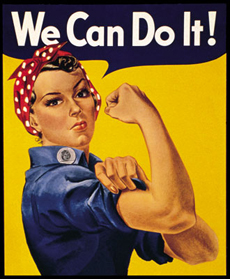
A Special Thanks to All Women contributing to the Women's Movement
It took 72 years to win the right to vote. We've come along way Thanks to You

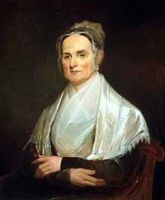 Lucretia Mott was a Quaker minister active in the movement to abolish slavery in
the United States. She also helped to organize the first women's rights
convention at Seneca Falls, New York. After the abolition of slavery, she
played a great role in the women's suffrage movement.
Lucretia Mott was a Quaker minister active in the movement to abolish slavery in
the United States. She also helped to organize the first women's rights
convention at Seneca Falls, New York. After the abolition of slavery, she
played a great role in the women's suffrage movement.

Sarah and Angelina Grimke were American feminist and abolitionist who were among the first American women to speak publicly against slavery and the repression of women.
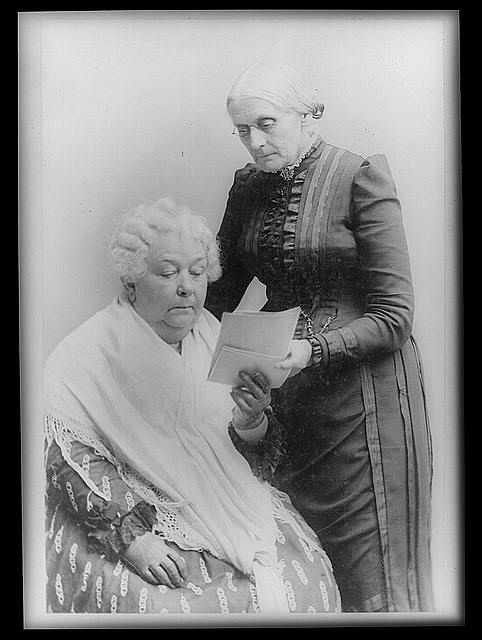
Elizabeth Cady Stanton was a leading figure in the American women's rights movement of the 19th century. She was a co-founder of the Women's Rights Convention held at Seneca Falls and drafted the convention's Declaration of Sentiments. Stanton and Susan B Anthony were good friends and worked close together. Anthony is known as a women's rights leader, but she also campaigned against slavery and in favor of temperance (the abolition of liquor). They founded the American Equal Rights Association and spent the better part of life trying to win voting rights for women in the United States. In 1920, 14 years after Anthony's death, American women finally won the vote with the passage of the 19th Amendment.
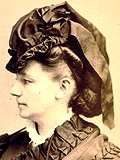 Victoria
Claflin Woodhull and her sister were spiritualists, entrepreneurs and social
activists. They formed the first woman-owned brokerage firm on Wall Street. She
became the first woman candidate for the presidency, nominated by unauthorized
delegates at a New York convention.
Victoria
Claflin Woodhull and her sister were spiritualists, entrepreneurs and social
activists. They formed the first woman-owned brokerage firm on Wall Street. She
became the first woman candidate for the presidency, nominated by unauthorized
delegates at a New York convention.
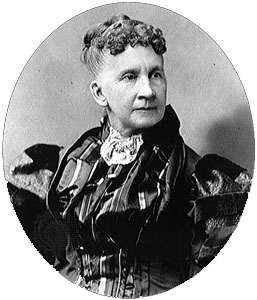 Belva Ann
Lockwood was a U.S.feminist and
lawyer. She became the first female lawyer to argue before the Supreme
Court and was involved in the National Equal
Rights Party presidential candidate
Belva Ann
Lockwood was a U.S.feminist and
lawyer. She became the first female lawyer to argue before the Supreme
Court and was involved in the National Equal
Rights Party presidential candidate
Friedan, Betty Naomi an American social reformer and feminist educated at Smith College and the Univ. of California at Berkeley. She published The Feminine Mystique, attacking the popular notion that women could find fulfillment only through childbearing and homemaking. She helped found the National Organization for Women and served as its president. She also helped found the National Women's Political Caucus. In The Second Stage she argued that feminists must reclaim the family and bring more men into the movement by addressing child care, parental leave, and flexible work schedules. In The Fountain of Age she criticized “the age mystique” and society's frequently patronizing treatment of the elderly. She advocated new, positive roles for older citizens.
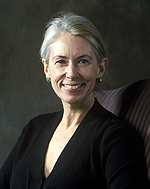 Sexual Harassment of Working Women. MacKinnon is a legal scholar and law
professor, breaks new legal ground by arguing that sexual harassment of women in the workplace is a violation of existing civil rights statutes.
Sexual Harassment of Working Women. MacKinnon is a legal scholar and law
professor, breaks new legal ground by arguing that sexual harassment of women in the workplace is a violation of existing civil rights statutes.

Sandra O'Connor served the state as an assistant attorney general, state senator, and finally as a superior court judge. Governor Bruce Babbitt raised her to the Arizona Court of Appeals. President Ronald Reagan nominated her for the U.S. Supreme Court. She was confirmed by the Senate 99-0 and sworn in becoming the first female justice in the court's history. She earned a reputation on the bench as a moderate conservative and a key figure in court decisions related to the issue of abortion. She has recently retired.